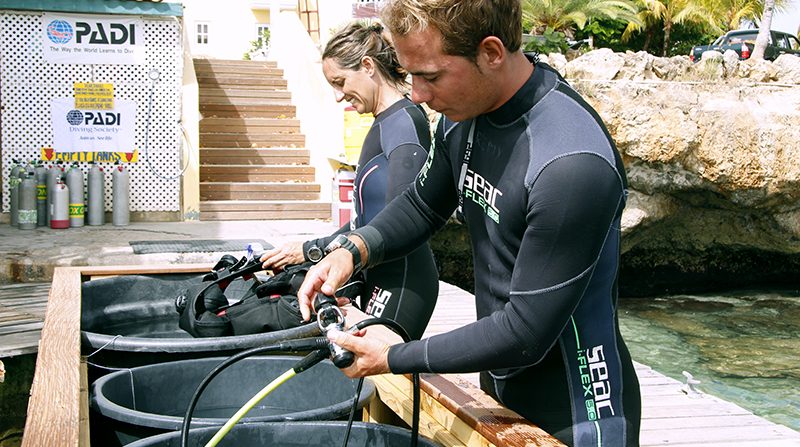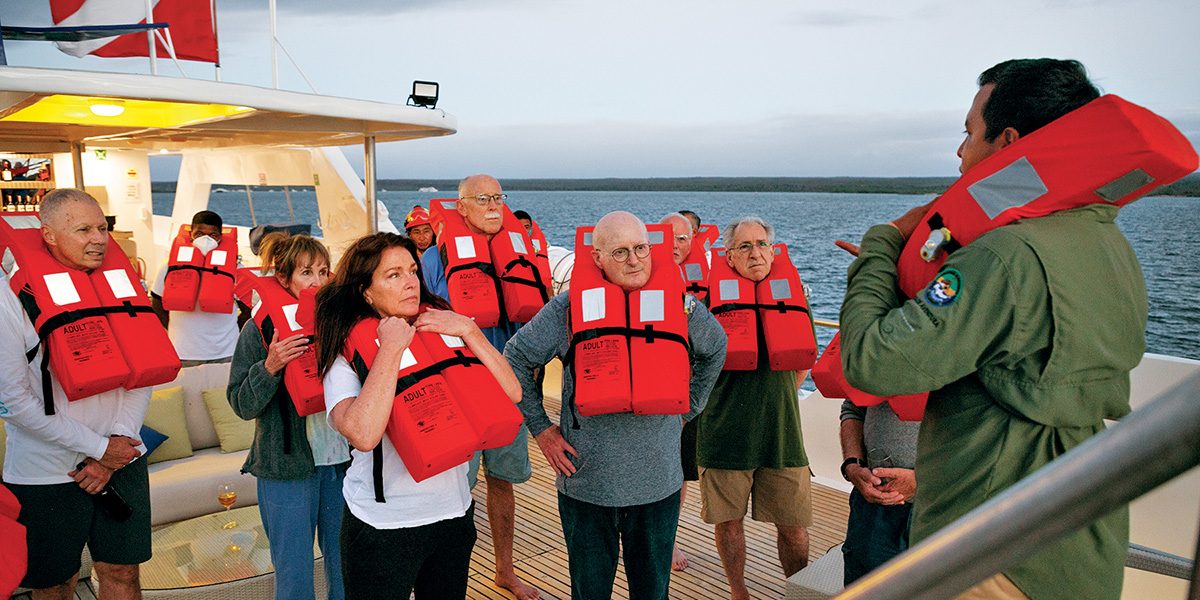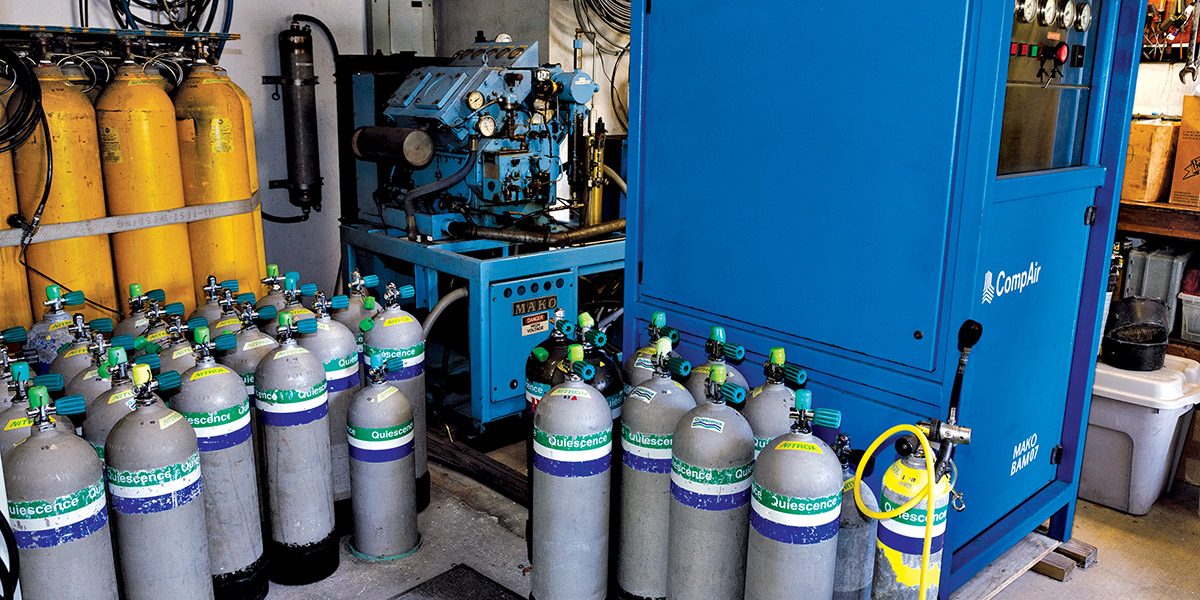Best Practices for Disinfecting Dive Equipment
AFTER THE INITAL SCARE AND LOCKDOWNS FROM COVID-19, divers soon started to explore ways to safely get back into the water. Disinfection has always been a consideration in diving, but […]

AFTER THE INITAL SCARE AND LOCKDOWNS FROM COVID-19, divers soon started to explore ways to safely get back into the water. Disinfection has always been a consideration in diving, but […]

On Sept. 2, 2019, the small passenger vessel Conception burned to the waterline off Santa Cruz Island, California, killing 34 people. This wasn’t the first liveaboard fire, but the fearful reactions to this deadly tragedy echoed throughout the scuba industry. Liveaboard fires that have occurred since this incident have further fueled industry concerns.

Most divers know their scuba cylinders need a visual inspection every year and a hydrostatic test every five years (referred to as a requalification or a hydro). The actual regulations for cylinders and other dive equipment, however, are less clear.

The U.S. Food and Drug Administration (FDA) classifies oxygen as a drug when provided to an injured or ill person. It requires specific labeling and product controls and must be individually prescribed to someone suffering from an ailment. When used incorrectly, oxygen can cause damage to someone’s health.

DAN’s vision is to make every dive incident- and accident-free. Improvements in training, equipment, operations, dive boats, and dive computers have made diving significantly safer. The safety of a dive, however, relies heavily on the diver’s practices.
